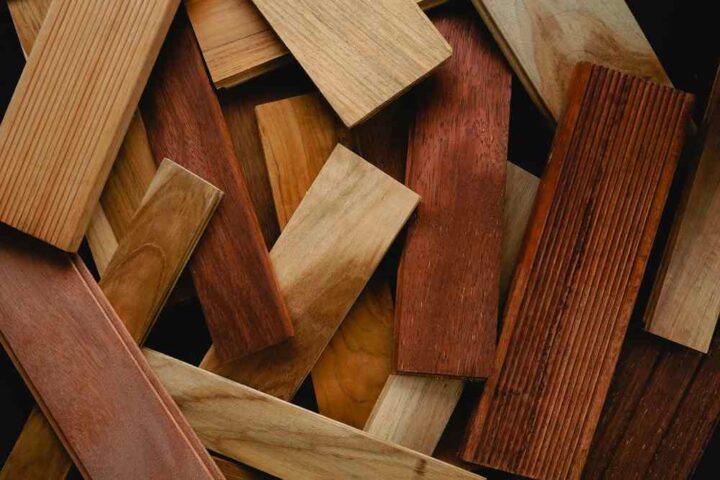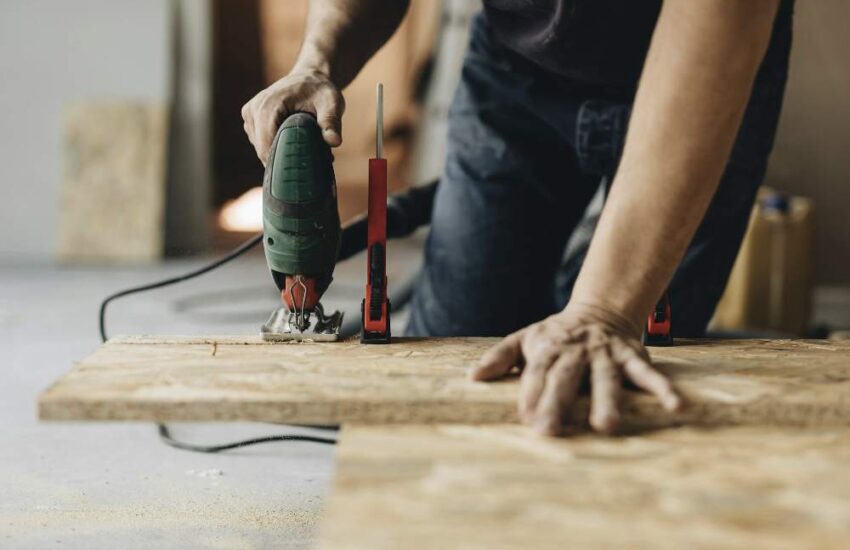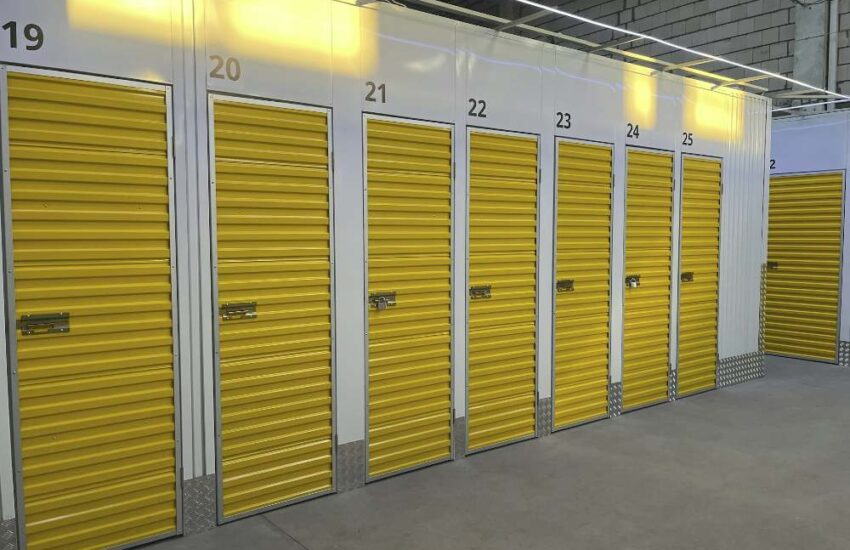Beyond the Grain: Exploring the Versatility of Plywood in Construction
When it comes to construction materials, plywood often flies under the radar. It doesn’t have the glamour of polished concrete or the rustic charm of reclaimed wood. Yet, plywood is an unsung hero of the construction world, offering a unique blend of versatility, affordability, and sustainability that makes it an indispensable asset in the builder’s toolkit.

The Plywood Primer
Before we delve into the myriad applications of plywood in construction, let’s first understand what makes this material so special.
What Is Plywood?
Plywood from the likes of Ply Supply is a composite wood product made from thin layers of wood veneer, known as plies or veneers, bonded together with adhesive. These layers are stacked with the grain direction of adjacent plies perpendicular to each other. This alternating grain pattern provides plywood with exceptional strength and stability.
The Birth of Plywood
Plywood’s history dates back centuries, with its roots tracing to ancient Egypt and China. However, it wasn’t until the early 20th century that plywood production saw significant advancements. The introduction of hydraulic presses and improved adhesives paved the way for the modern plywood we know today.
The Versatile Workhorse
Now that we’ve brushed up on the basics, let’s explore the versatile nature of plywood and its diverse range of applications in construction.
1. Structural Support
Plywood’s strength and stability make it a fundamental choice for structural applications. Whether it’s framing walls, roofs, or floors, plywood provides the necessary support to ensure a building’s integrity. Its ability to distribute loads evenly and resist warping or shrinking is paramount in ensuring a sturdy and reliable structure.
2. Sheathing and Cladding
Plywood is often used as sheathing and cladding material in construction. It provides a smooth, uniform surface that can serve as an excellent base for finishing materials such as stucco, siding, or brick. Its moisture resistance is particularly valuable in protecting the building envelope from the elements.
3. Cabinetry and Furniture
Beyond its role in the structural aspects of construction, plywood shines in the realm of interior design. It is a favored choice for crafting cabinetry, furniture, and shelving due to its durability and versatility. The ability to create intricate shapes and designs with plywood is a boon for designers seeking to combine form and function seamlessly.
4. Flooring
Plywood’s stability makes it a prime candidate for subflooring and underlayment. It provides a level surface for various flooring materials, including hardwood, laminate, and tile. Plywood’s resistance to moisture ensures that the flooring remains flat and stable, preventing warping or squeaking.
5. Concrete Formwork
In the world of concrete construction, plywood plays a pivotal role as formwork. Its smooth surface and dimensional stability allow it to create precise molds for casting concrete structures, including walls, columns, and beams. Once the concrete sets, the plywood can be easily removed, ready for reuse on the next project.
Sustainability and Plywood
In an era where sustainability is at the forefront of construction practices, plywood offers several eco-friendly advantages.
1. Renewable Resource
Plywood is made from wood, a renewable resource when harvested responsibly. Sustainable forestry practices ensure that the source material is replenished, making plywood an environmentally conscious choice.
2. Reduced Waste
The manufacturing process of plywood minimizes waste. Veneers are sliced from logs, leaving very little unused material. Additionally, the ability to reuse plywood in various applications extends its lifespan and reduces the need for disposal.
3. Energy Efficiency
Plywood production consumes less energy compared to other building materials like concrete or steel. This lower energy footprint contributes to reducing greenhouse gas emissions associated with construction.
Innovations in Plywood
As construction technology evolves, so does the potential for innovation with plywood.
1. Engineered Plywood
Engineered plywood products have emerged as a game-changer in construction. They include oriented strand board (OSB), medium-density fiberboard (MDF), and particleboard, among others. These variations offer unique properties and cater to specific construction needs, such as moisture resistance or fire retardancy.
2. Plywood Composites
Plywood composites, combining wood with other materials like plastic or fiberglass, open up new possibilities for lightweight and durable construction components. These composites find applications in everything from boat building to aircraft manufacturing.
3. Prefabricated Panels
The advent of prefabrication in construction has seen plywood panels used extensively. These panels can be manufactured with precision off-site and then assembled quickly on-site, reducing construction time and labor costs.
The Artistry of Plywood
Beyond its utilitarian purposes, plywood has also found its place in the world of art and architecture.
1. Architectural Plywood
Architects and designers have embraced the beauty of plywood as a finishing material. Its layered texture and natural wood grain provide warmth and character to modern spaces. Plywood ceilings, walls, and partitions have become popular choices in contemporary architecture.
2. Sculptural Installations
Artists have pushed the boundaries of plywood by creating intricate sculptural installations. The material’s flexibility and ease of manipulation allow for the realization of complex, gravity-defying artworks that challenge our perceptions of what plywood can be.
Plywood in Disaster Relief
Plywood’s ease of use and versatility shine in emergency situations and disaster relief efforts. Temporary shelters, emergency medical facilities, and portable bridges are just a few examples of how plywood can be rapidly deployed to provide vital infrastructure and support in times of crisis.
The Future of Plywood in Construction
As we look ahead, plywood’s future in construction appears promising. Innovations continue to emerge, pushing the boundaries of what can be achieved with this humble material. Sustainable practices and the drive for eco-conscious construction ensure that plywood will remain a reliable and eco-friendly choice.
In conclusion, while plywood might not grab the headlines like some other construction materials, its importance cannot be overstated. From structural support to interior design, sustainability to innovation, plywood is a true workhorse of the construction industry.


